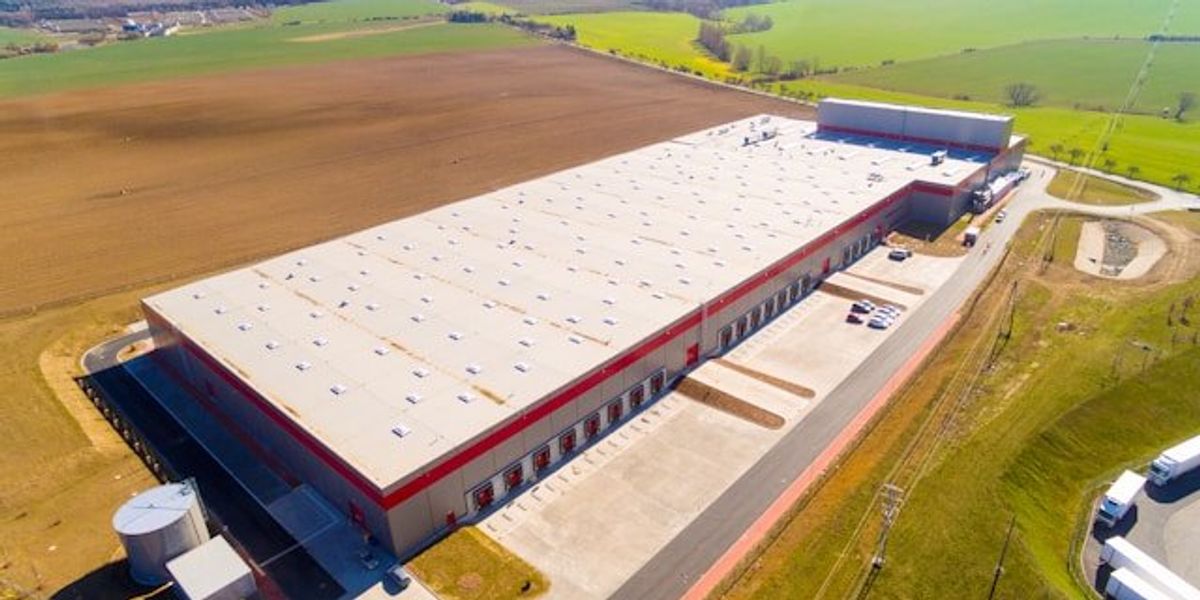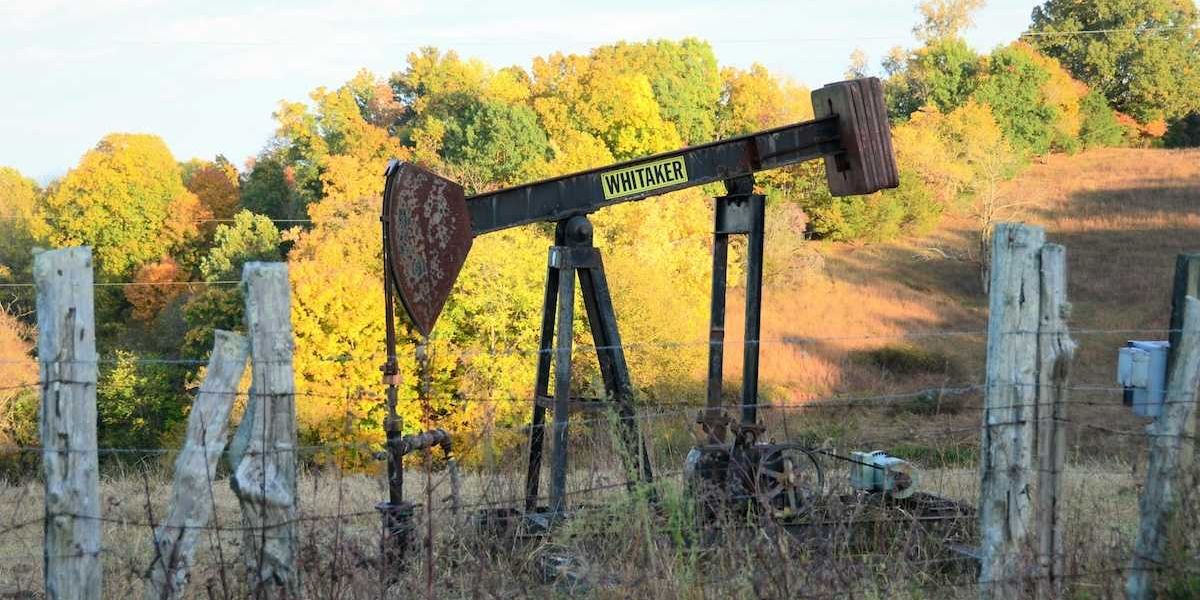
Data centers’ rising water use sparks growing concerns across Minnesota
As data centers multiply to meet surging digital demands, their heavy reliance on groundwater is drawing scrutiny from state officials and environmental groups worried about long-term water security.
Brian Martucci reports for Minnesota Reformer.
In short:
- One data center can use as much water as 12,000 households, often through evaporative cooling systems, raising alarms about groundwater depletion near proposed and existing sites across Minnesota.
- A Minnesota Department of Natural Resources order halting irrigation along Little Rock Creek cited “substantial evidence” of groundwater overuse, signaling future conflicts among farms, tech facilities, and other users.
- Experts call for stronger laws allowing state agencies to act before water withdrawals cause harm, and for greater transparency from data centers, which often require nondisclosure agreements from local officials.
Key quote:
“There is a nexus between water and energy. You can’t silo them.”
— Helena Volzer, water policy manager, Alliance for the Great Lakes
Why this matters:
Water and energy are becoming inseparable in the digital age. As artificial intelligence and data-heavy services expand, data centers are springing up nationwide — many using large volumes of groundwater for cooling. In states like Minnesota, where aquifers supply most drinking water and feed rivers and lakes, this poses risks to both ecosystems and communities. Climate change is already stressing water availability, and added demand from tech facilities, agriculture, and industry can push fragile systems past their limits. The lack of transparent reporting and regulatory tools means many decisions are reactive rather than preventive, raising the stakes for managing these hidden but growing strains on public resources.
Read more: Data centers fueling AI and crypto strain Western power and water supplies













